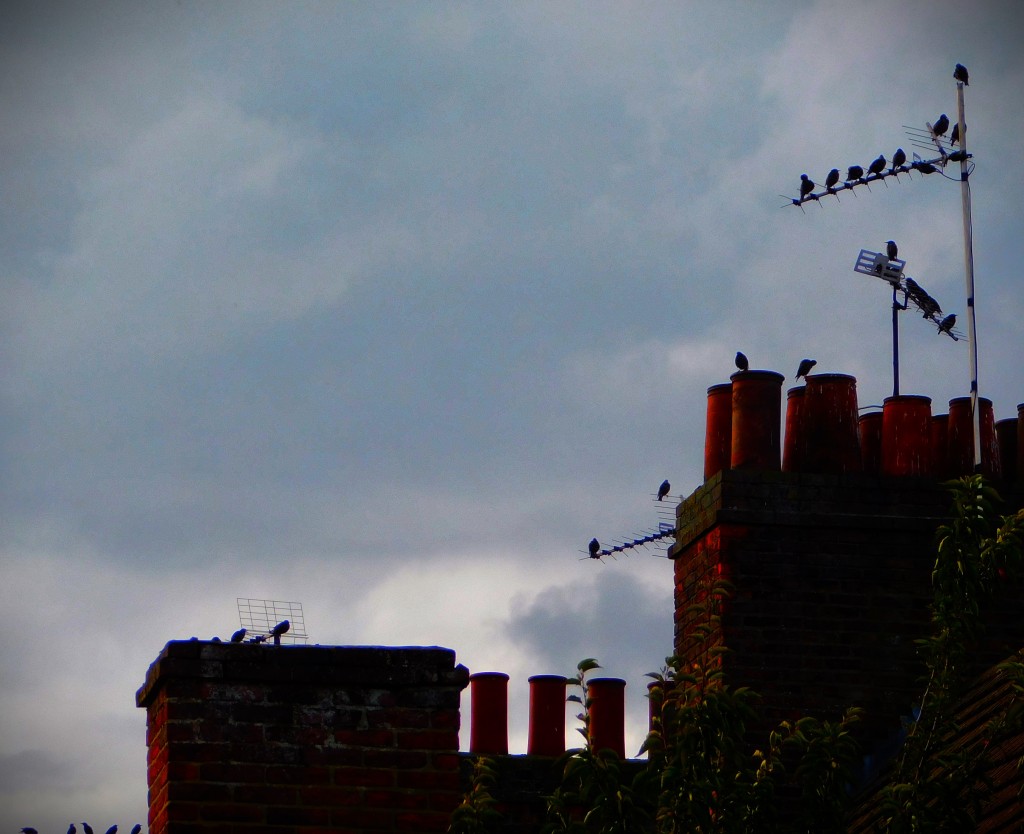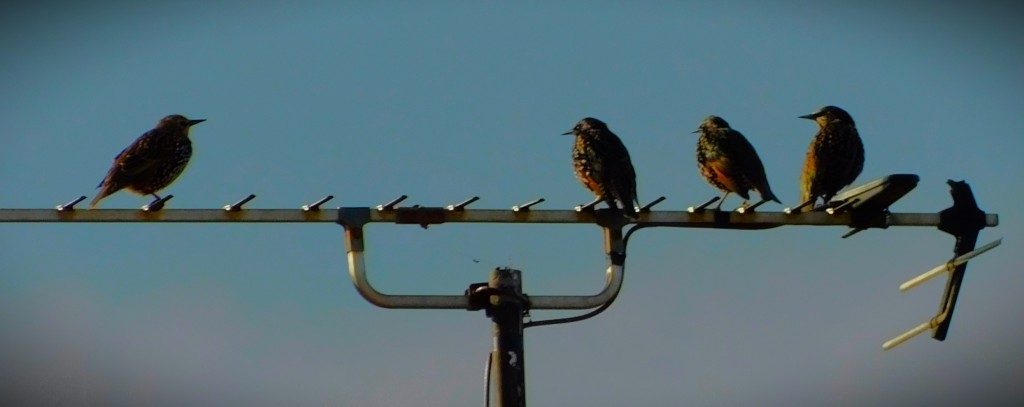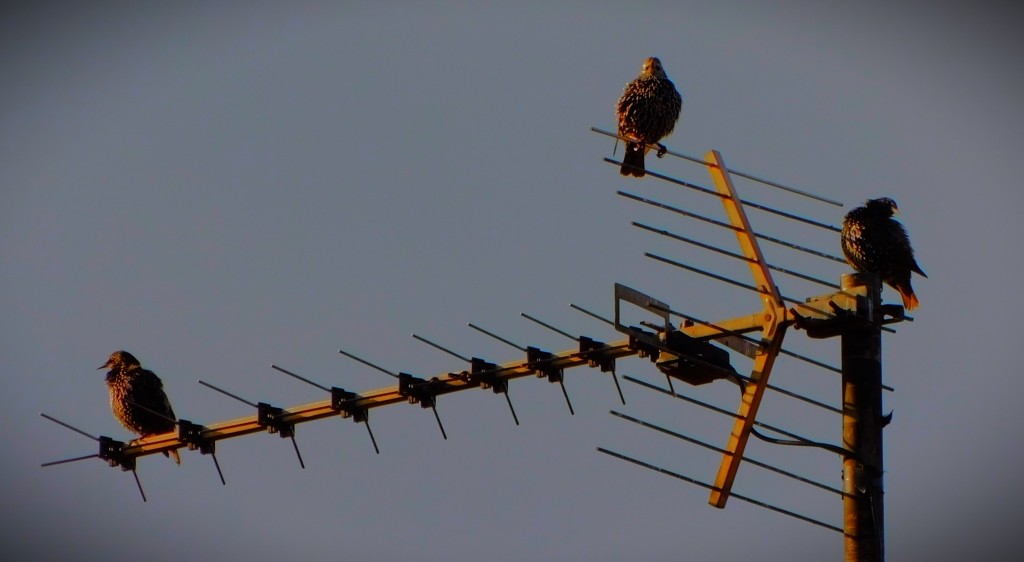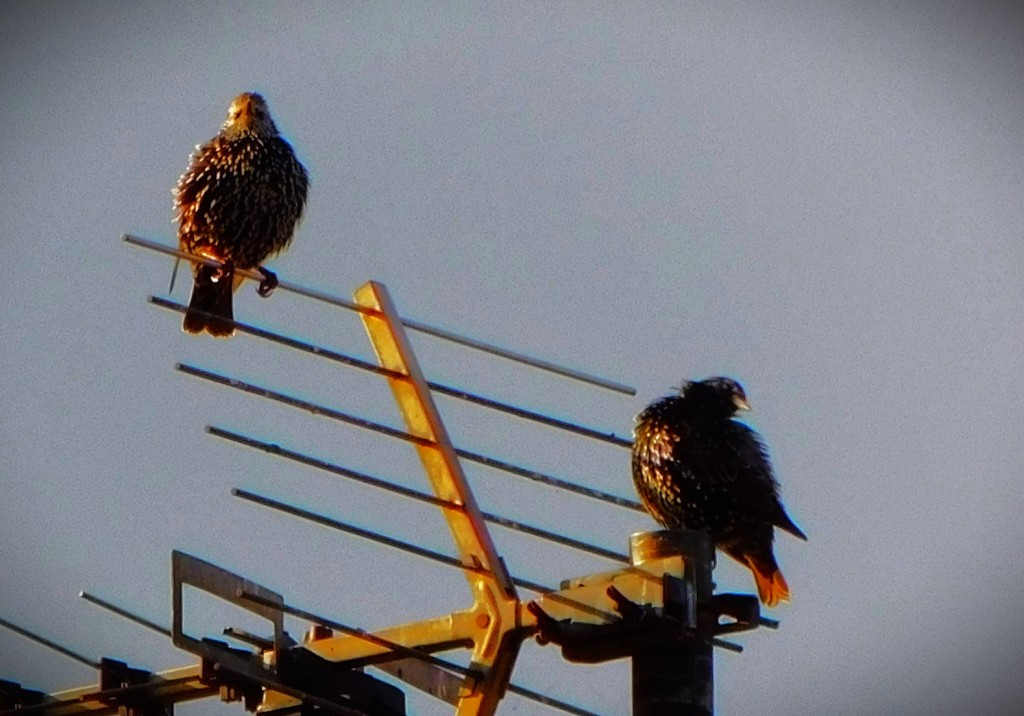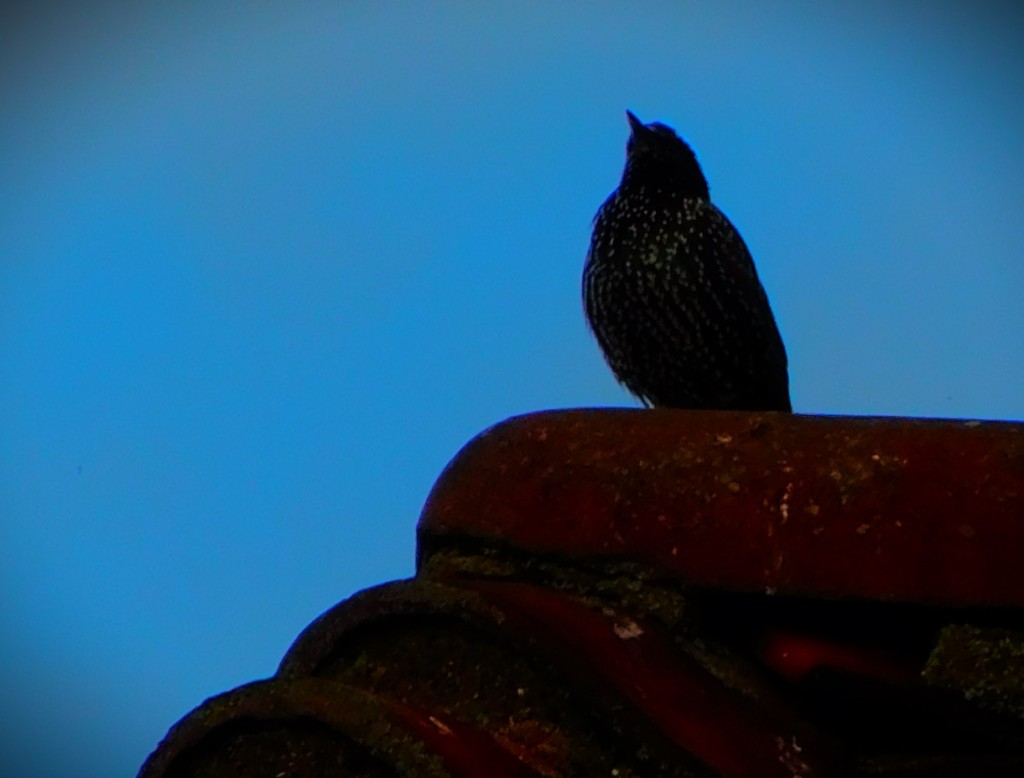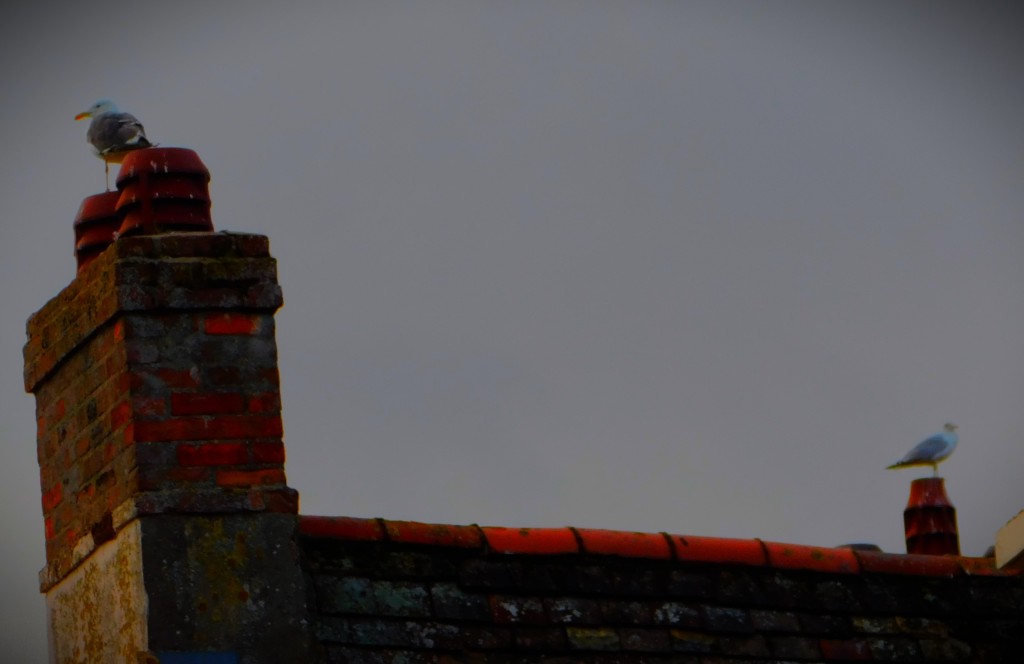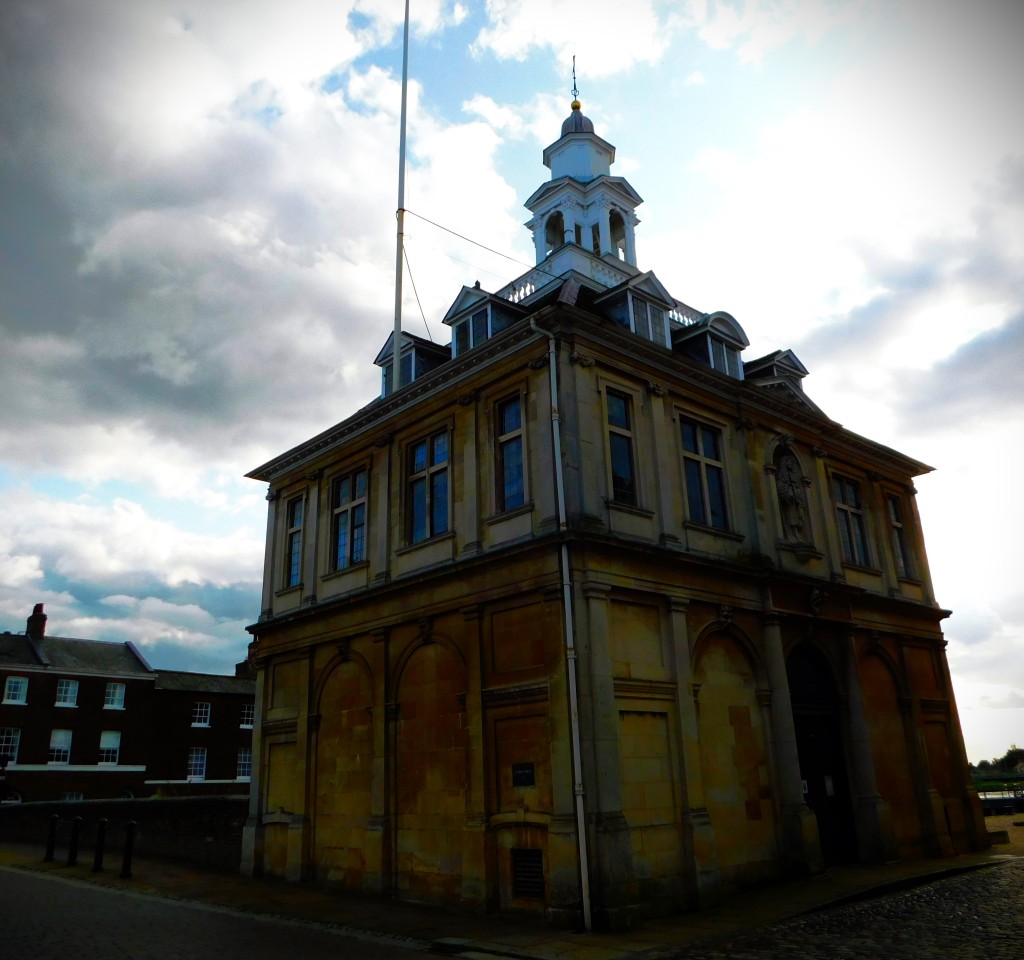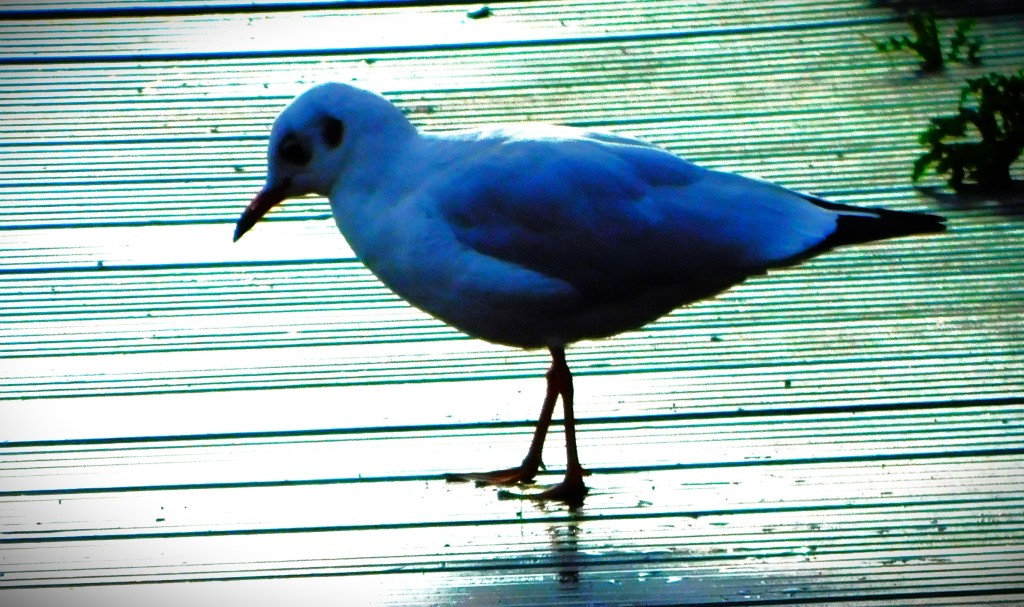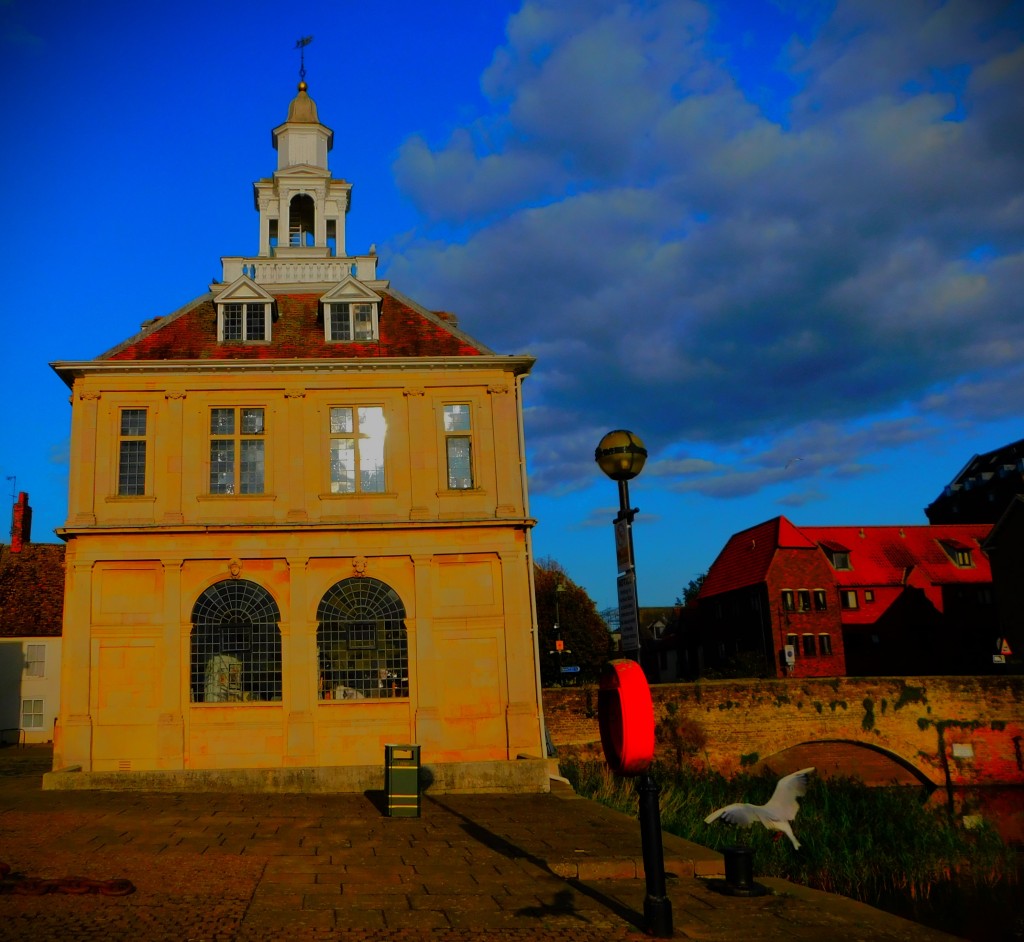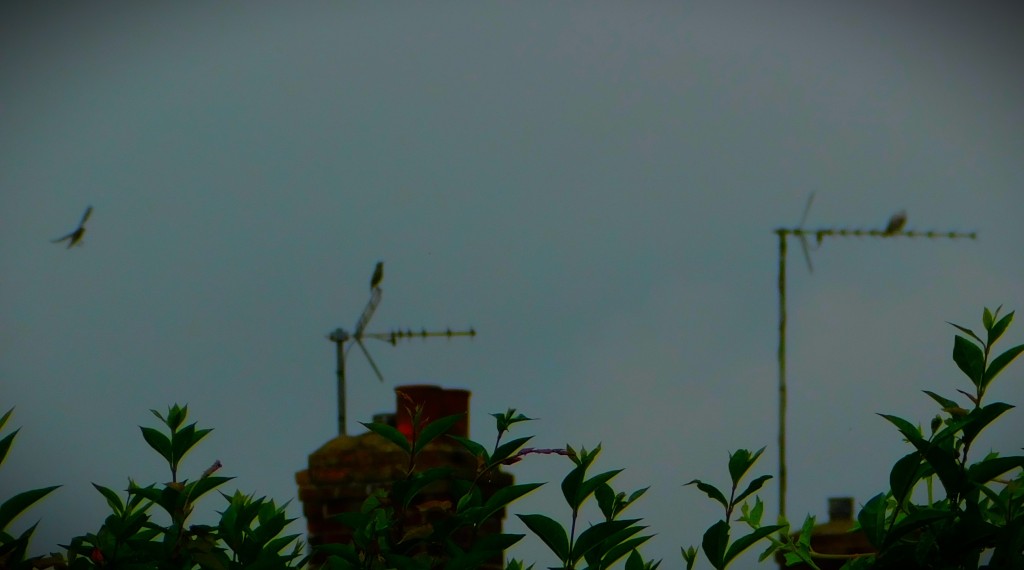The main feature of today’s post is an all time XI every player of which can be connected back to a former London Underground station. In each case I elucidate the connection. Unfortunately a major rain interruption prevented the T20I between the England and Sri Lanka women’s teams providing as much news as seemed likely. England won by 12 runs on the DLS method, after SL’s innings was reduced to six overs (rain had reduced the match to 17 overs per side, and then 3.1 overs into the SL response more rain fell). The DLS adjustment, helped by England having scored incredibly fast in their innings, left SL needing 45 off 17 balls on the resumption and they never looked like getting them.
THE XI IN BATTING ORDER
- *WG Grace (right handed opening batter, right arm bowler of various types, captain). His case for inclusion on cricketing grounds needs no stating. He gets in by dint of his first given name, William, which links to King William Street, the first northern terminus of what was then the City & South London Railway, which was abandoned in 1900 when the line was extended northwards.
- Frank Hayes (right handed opening batter). He scored 13,000 runs at 35 in FC cricket, though barring a debut century his test record was very ordinary. Between 1883 and 1885 the Metropolitan District Railway as it then was ran services to Windsor, and one of the intermediate stops was Hayes.
- Ernie Hayes (right handed batter, leg spinner). A fine all rounder whose Surrey career lasted three decades. His closed station is the same is that of Frank Hayes.
- Clem Hill (left handed batter). At the time his test career ended he had scored more runs at that level than anyone else, and was also an athletic fielder. One stop west of Ealing Broadway in the days of District services to Windsor was a station known by two names in its brief history with that line, Castle Hill, another which we will see later in this piece.
- Marcus North (left handed batter, occasional off spinner). He averaged 35 at test level and 40 in FC cricket with the bat and had his moments with the ball. North Weald station was on the Epping – Ongar section of the Central line, which became part of London Underground post WWII and closed in 1994.
- Paul Winslow (right handed batter). A notable big hitter in his day. In the days the expansionist Edward Watkin the Metropolitan Railway was extended many miles northwest of London. Beyond Aylesbury was a junction at Quainton Road, with one branch leading to Verney Junction by way of Granborough Road and Winslow Road, the latter of which gets him in. We will see the other branch later.
- +Gil Langley (wicket keeper, right handed batter). A great keeper in his day. Langley was on the Windsor branch referred to earlier in this piece.
- Charlie Dean (off spinner, right handed batter). An excellent spinner and a useful lower order batter. The other name by which Castle Hill was known in that period between 1883-85 was Ealing Dean.
- Wes Hall (right arm fast bowler, right handed batter). A legendary fast bowler for the West Indies. Blake Hall was on the Epping-Ongar branch of the Central line, though it closed over a decade before the rest of the branch due to being so lightly used.
- Mark Wood (right arm fast bowler, right handed batter). A very fine and very fast fast bowler. Wood Siding was one of the stations on the Duke of Buckingham’s private railway, which Edward Watkin bought for the Metropolitan Railway, of which it remained part from 1899 to 1935. The terminus of this line, Brill, is 51 miles from Baker Street, the furthest from central London any of the lines now part of London Underground have ever extended (Amersham, the current record holder, is a mere 27 miles out).
- Esmond Kentish (right arm fast medium, right handed batter). A fine bowler, but a genuine number 11. South Kentish Town, which gets him into this XI, was on what is now the High Barnet branch of the Northern line. In the 1920s strike action closed Lots Road Power Station temporarily, and that caused services on various lines not to be able to run. When services resumed South Kentish Town did not reopen.
This XI is not too bad given the criteria – a good top five, a great keeper and an excellent bowling attack – Wood, Hall and Kentish to bowl seam, Dean and Ernie Hayes to bowl spin, and Grace and North as back up options.
PHOTOGRAPHS
My usual sign off…







